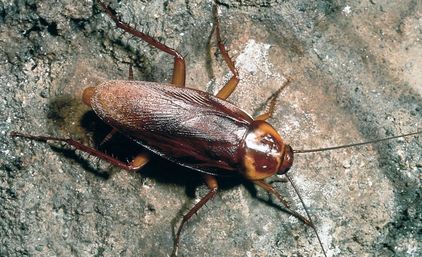 Photo Credit: Kansas Department of Agriculture , Bugwood.org Photo Credit: Kansas Department of Agriculture , Bugwood.org In the last blog post, we went into great lengths about one of the smaller species of roaches: the German Cockroach. In this post, we're going to be focusing on the largest roach nuisance in our area: the American Cockroach. As far as size, the American Cockroach is about three times the size of the German. These roaches can get to be 1 1/2 inches long! These cockroaches were introduced to America nearly 400 years ago by ships coming from Africa. The appearance of these roaches isn't for the faint of heart. With their size and reddish-brown coloring, they can be quite scary to look at. 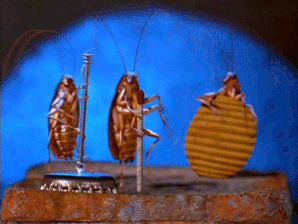 A few of you may remember that horrifyingly awful movie Joe's Apartment from the late 90s. The stars of that movie were the ever so disgusting American Cockroach. The setting of that movie was in New York City where a home infestation of that magnitude from an American Cockroach is more likely. It's colder in the northern states which is why it is where you're more likely to find these cockroaches indoors. The American Cockroaches are not a fan of cold environments, and in colder areas, they retreat to find comfort inside homes and buildings. These critters prefer climates that are warm and humid.  Cooper River Bridge, Charleston, SC Cooper River Bridge, Charleston, SC I know what you're thinking: "Did you just say warm and humid?" That's right...I did. Here in Charleston, SC, the climate is perfect outside for these American Cockroaches. In fact, you may even know them better as Palmetto Bugs or Waterbugs. These guys are the ones you see scurrying along the sidewalks and across your home's threshold. I know, I know. These are the ones that give you a heart attack and make you scream for your mommy. The euphemism of Palmetto Bug may sound quaint and of another world, but I assure you these roaches are just as disgusting as the German roaches infesting our southern homes. Research shows that these roaches potentially carry over 30 different types of bacteria and parasites around (including E. coli, Salmonella, and parasitic worms). Yikes! Pass the disinfectant!  The American Cockroach really prefers hanging out outside in the mulch beds around your house, sheds, wood piles, etc. Don't get me wrong, these guys will make their way into your house. If their food supply runs low, these guys will not hesitate take up refuge in your home. If need be, these roaches will travel 100s of feet from from their home in search of food. and when it comes to food, American Cockroaches are not picky eaters. The're even known to feast on the glue that binds books together. Typically, restaurants and warehouses are a more ideal environment and are hit harder than homes when it comes to these cockroaches. Often with warehouses and restaurants there are large doors left open, or entrances and exists that are frequently opening and closing. With such easy access, getting into these locations is no problem for the American Cockroach. 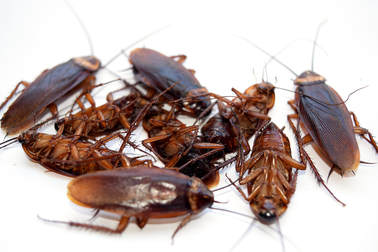 The life span of an American Cockroach is 2 years which is significantly longer than that of a German cockroach. Because of their longer lifespan, they don't have the need to reproduce as quickly as the German Cockroach. It takes nearly an entire year for one of these cockroaches to develop into an adult from an egg. Egg sacks are dropped and placed in protective locations about once a week, but the gestation time inside the egg can be one to two months. Temperature plays a role in the hatching process and can affect the length of the roach's gestational period. In a single year, a pair of American Cockroaches can have over 500 offspring under prime environmental conditions! If you fear that you may have an American Cockroach infestation, don't hesitate to contact us at Champion Pest Management. We will be happy to perform a free inspection and give you a quote for a pest control plan that is best for you and your home or business. 843.860.4791
5 Comments
The Cockroach An outcast, A creature we despise, It looks so small and tiny, And has gimlet eyes, It stalks the drains and kitchens, And scavenges in the night, And climbs upon our plates of food, Such an unwelcome sight. --Simon Clark Aside from termites, cockroaches are the number one expense when it comes to pest control in the United States. It's a huge slice of the 7.5 billion dollars spent in the US on pest control a year. With that kind of money going out, it's extremely important to make sure that your hard earned dough is being put to good use, so proper identification and treatment is essential. Biologically speaking, most of these home invaders are very similar to one another in the idea that they prefer dark hideouts. Cracks and voids are typically where these guys like to hang out. They do this, so they can avoid air movement. Roaches are not a huge fan of vibration and air moving over them. Cockroaches are omnivorous which means they don't discriminate when it comes to their dinner menu, and these little guys are hungry to eat both plant or animal matter. Have you ever flipped a light switch and been witness to cockroaches scattering about as if they've been caught red-handed in a conspiracy meeting? This is instinctual for cockroaches because for the most part they are negatively phototactic--in simpler terms, what this means is they don't like the light, and when a light is switched on quickly, these guys are frightened and go to seek out the comfort of their dark, tiny, damp homes. There are a few roaches who are drawn to light, but they still aren't a fan of being startled quickly with light. As pest control experts, knowing who we're battling is a key element in successful pest control strategies. In the United States, there are approximately 69 species of cockroaches, but less than 10 of them are what we would consider home invaders. In the Charleston area, we encounter 5 species that Champion Pest Management works to protect you from under our service agreement. It's extremely important for our techs to first identify what type of pest you may be dealing with in order to customize the best treatment for your home or business. In this post, we will discuss some basic characteristics of these 5 species and how they vary from one another. In the weeks to come, keep an eye out for our roach series where I'll devote more attention to each type of cockroach. German Cockroaches
American Cockroaches
Smoky Brown Cockroaches
Brown-Banded Cockroaches
Asian Cockroaches
Other than Being Scary Looking, Why are Cockroaches so Bad for our Homes? Alright, so maybe after all this, cockroaches don't seem so scary right? Maybe we can all live together in peace and harmony? Not quite. Cockroaches have been around for an extremely long time. There are some roach fossils that date back 320 million years! They will probably be around much longer than we will be to be honest. So what's the point? Why fight it? Well, cockroaches can be dangerous to our health as humans. These creatures are not only creepy to look at, but they can make your living arrangements downright perilous.
Why you Shouldn't be too Fearful While the idea of a roach infestation can seem quite scary, it really isn't a time to loose your composure. If you fear an infestation in your home give us a call at Champion Pest Management. We're happy to come out, inspect, identify, and treat your home. Together, we can keep your home safe and pest free. 843.860.4791
|
About UsChampion Pest Management is a locally owned, family run, pest control company operating in Charleston, SC and the surrounding areas. Archives
February 2023
Categories
All
|
|

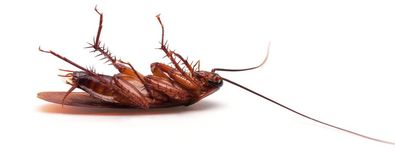

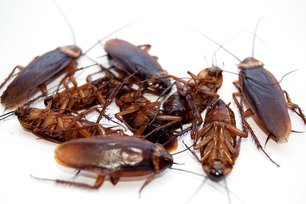
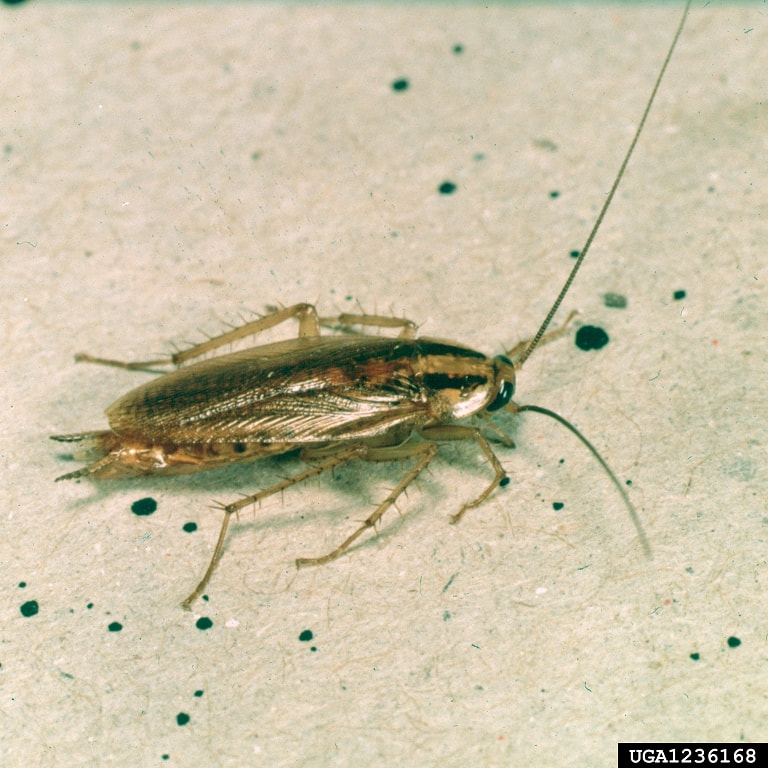
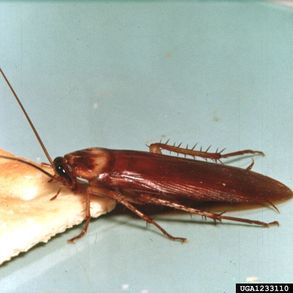
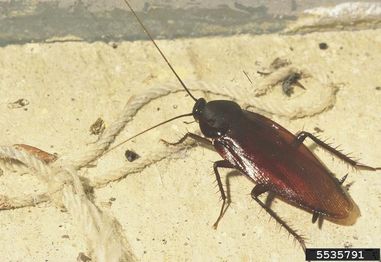
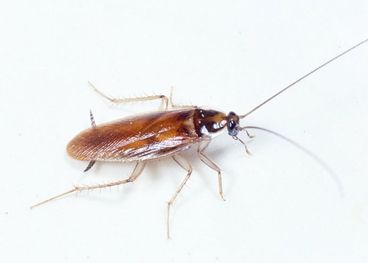
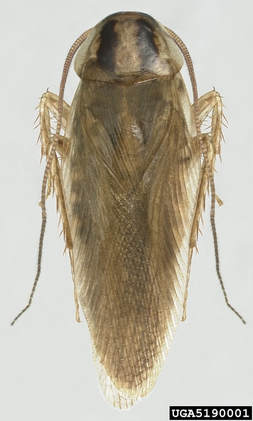

 RSS Feed
RSS Feed


